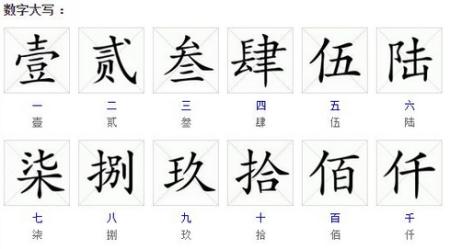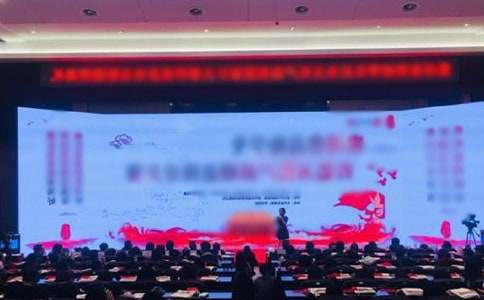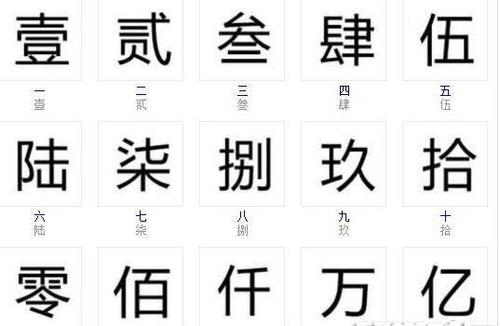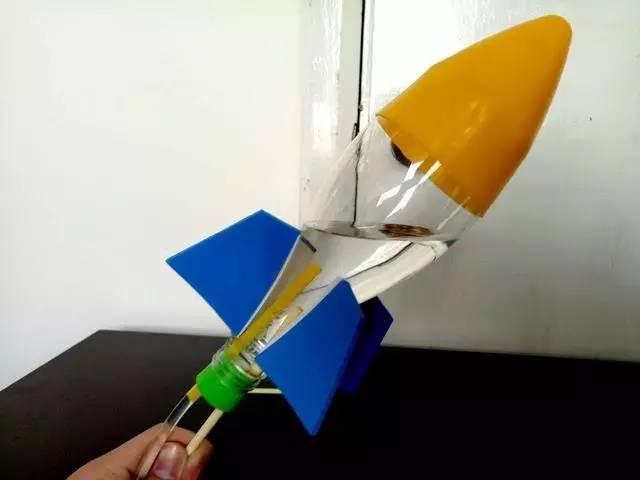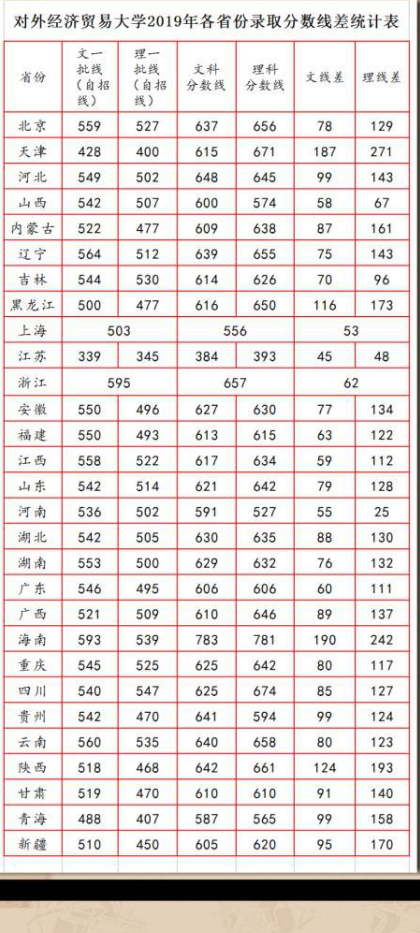2024四级真题翻译
2024四级真题翻译
四级翻译,是对我们语言综合运用能力的一次重要考验。在这一方小小的试卷上,我们要将中文的博大精深转化为英文的准确表达。无论是古老的历史传承,还是现代的发展成就,都需要我们用精准的翻译来呈现。现在,让我们静下心来,迎接这场语言转换的挑战,在翻译中感受不同文化的碰撞与融合。
四级翻译(一)原文:
农历(the lunar calendar)起源于数千年前的中国,根据太阳和月亮的运行规律制定。长期以来农历在农业生产和人们日常生活中发挥着重要作用。古人依据农历记录日期,安排农活,以便最有效地利用自然资源和气候条件,提高农作物的产量和质量。中国的春节、中秋节等传统节日的日期都基于农历。农历是中国传统文化的重要组成部分,当今依然广为使用。
译文:
The lunar calendar originated in China thousands of years ago, formulated based on the movement patterns of the sun and the moon. For a long time, the lunar calendar has played a significant role in agricultural production and peoples daily lives. Ancient people recorded dates and arranged farm work according to the lunar calendar to make the most effective use of natural resources and climatic conditions, enhancing the yield and quality of crops. The dates of traditional Chinese festivals like the Spring Festival and the Mid-Autumn Festival are all based on the lunar calendar. The lunar calendar is an essential part of Chinese traditional culture and is still widely used today.
评价:
译文准确传达了原文的意思,逻辑清晰,用词得当。对原文中的关键信息如“农历”、“农业生产”、“自然资源”等都进行了恰当的翻译,没有遗漏或误解。同时,译文也保持了原文的句式结构和风格,使得整体翻译流畅自然。
四级翻译(二)原文:
四合院(siheyuan)是中国一种传统的住宅建筑,其特点是房屋建造在一个院子的四周,将院子合围在中间。四合院通常冬暖夏凉,环境舒适,尤其适合大家庭居住。四合院在中国各地有多种类型,其中以北京的四合院最为典型。如今,随着现代城市的发展,传统的四合院已逐渐减少,但因其独特的建筑风格,四合院对中国文化的传承和中国历史的研究具有重要意义。
译文:
The siheyuan is a traditional Chinese residential architecture characterized by houses built around a central courtyard. It is typically warm in winter and cool in summer, providing a comfortable environment especially suitable for large families. The siheyuan comes in various types across China, with the Beijing siheyuan being the most typical. Nowadays, with the development of modern cities, traditional siheyuan have gradually decreased. However, due to its unique architectural style, the siheyuan is of great significance to the inheritance of Chinese culture and the study of Chinese history.
评价:
译文准确地传达了原文的意思,对于“四合院”的描述和“其在中国的重要性”都进行了恰当的翻译。同时,译文也保持了原文的句式结构和风格,使得整体翻译流畅自然。但在“提供舒适环境”的翻译上,可以考虑使用“offering”替代“providing”以使表达更加地道。
四级翻译(三)原文:
汉语中的福表示幸福和好运,是中国传统文化中最常用的吉祥符号之一。人们通常将一个大大的福字写在红纸上,寓意期盼家庭幸福、社会安定、国家昌盛。春节贴福字是民间由来已久的习俗。为了欢庆春节,家家户户,都会将福字贴在门上或墙上表达对幸福生活的期待。人们有时还将福字倒过来贴,表示幸福已到。
译文:
In Chinese, "Fu" represents happiness and good luck, and it is one of the most commonly used auspicious symbols in Chinese traditional culture. People often write a large "Fu" character on red paper, symbolizing the expectation of family happiness, social stability, and national prosperity. It is a long-standing folk custom to post the "Fu" character during the Spring Festival. To celebrate the Spring Festival, every household will put up the "Fu" character on the door or wall to express their expectation for a happy life. Sometimes, people even paste the "Fu" character upside down, indicating that happiness has arrived.
评价:
译文准确地传达了原文的意思,对于“福”字的含义和“春节贴福字”的习俗都进行了恰当的翻译。同时,译文也保持了原文的句式结构和风格,使得整体翻译流畅自然。但在“表示幸福已到”的翻译上,可以考虑使用“signifying the arrival of happiness”替代“indicating that happiness has arrived”以使表达更加地道。
上一篇:四级试卷题型分布及考试内容
下一篇:高中人生规划范文

